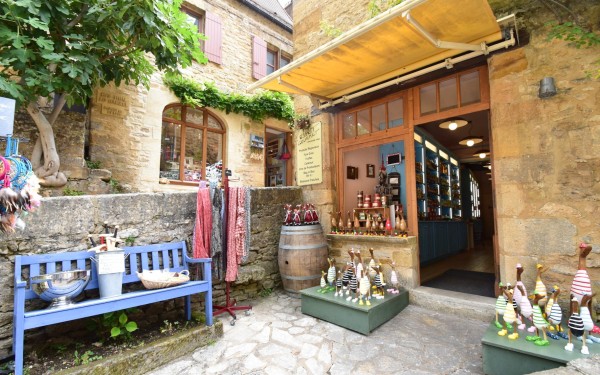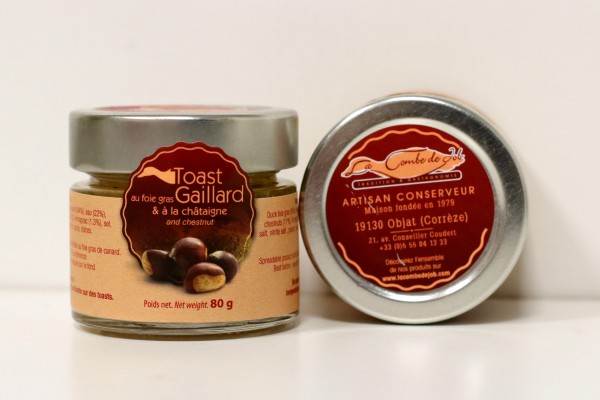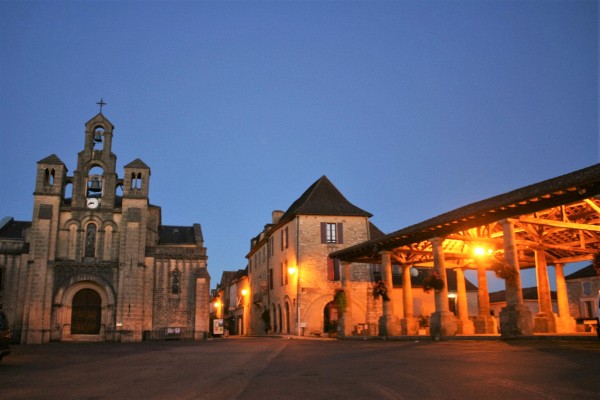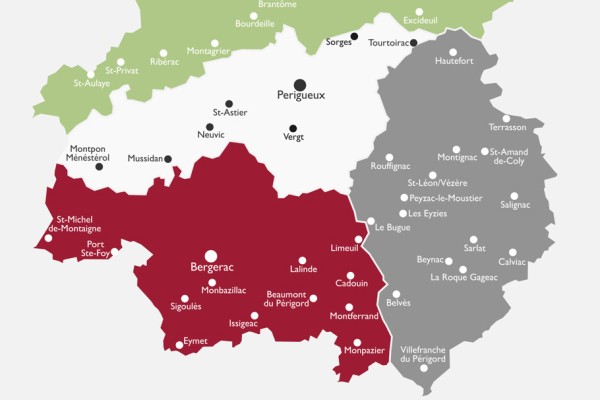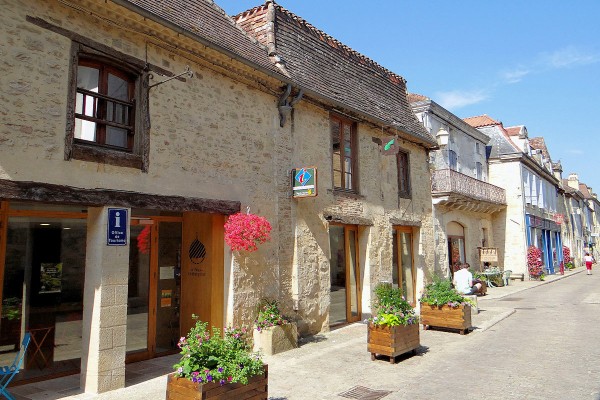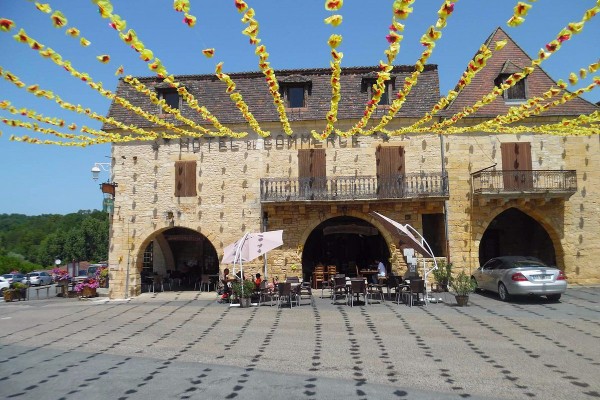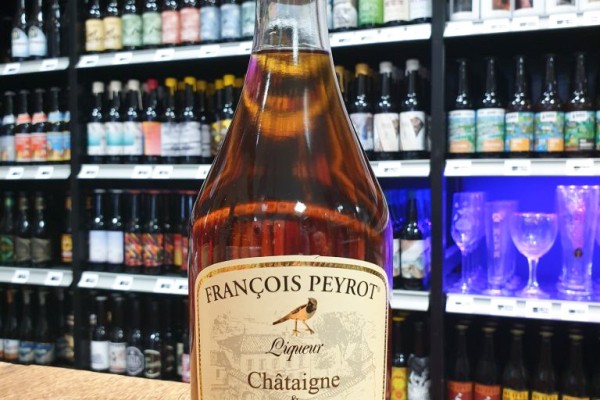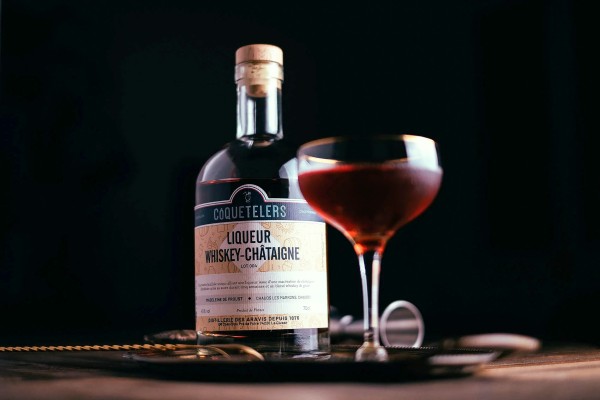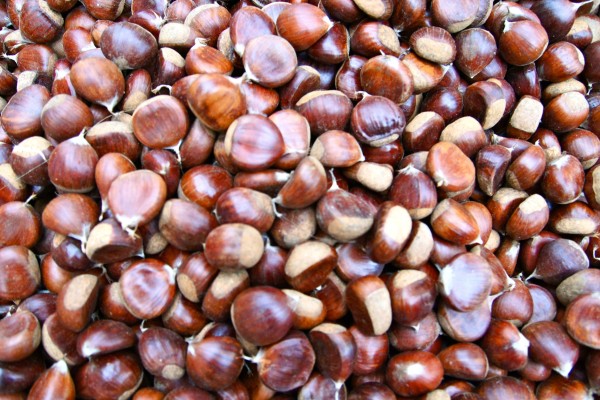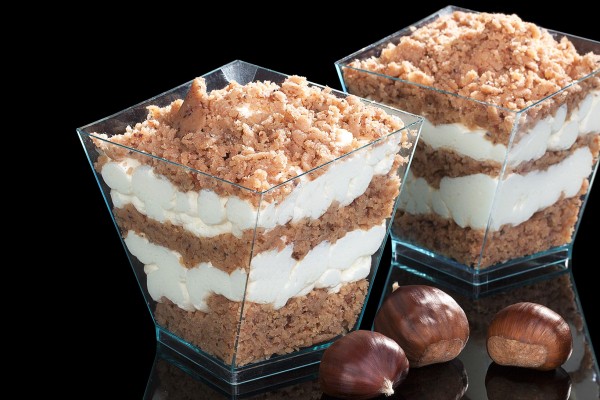The official name of this beautiful bastide village in France is Villefranche du Périgord. Périgord is added to the name because there are many villages with the name Villefranche in France. It is located in the southernmost part of the Dordogne department, on the border with the Lot and the Lot et Garonne region. This region is so popular among tourists thanks to the beautiful nature and villages. Périgord and the Dordogne are the same region. The region used to be called the Périgord and had Périgeux as its capital. Until the French Revolution it was a county. During the administrative reorganization after the Revolution, it became a department and was given the name Dordogne, seen as this was the most important river to flow through the area.
Villefranche du Périgord, bastide in a chestnut region
Périgord Blanc, Noir, Pourpre and Vert
The Dordogne is divided into four regions. The Périgord Blanc is located in the middle. The northern section is the Périgord Vert. The Périgord Pourpre is the southwestern part of the Dordogne and the southeastern region is known as the Périgord Noir. The colors of these four regions are reflected in the nature of the area. In the Périgord Blanc, the light-colored limestone plateaus dominate the landscape. Most of the rain falls in the Périgord Vert, where the landscape is greener than in the others. The purple color is visible in the wine region around Bergerac where the grape leaves turn red purple in the autumn. Noir refers to the dark canopy of extensive forests and the truffle that can be found there.
Four regions Périgord
- Périgord Blanc
- Périgord Vert
- Périgord Pourpre
- Périgord Noir
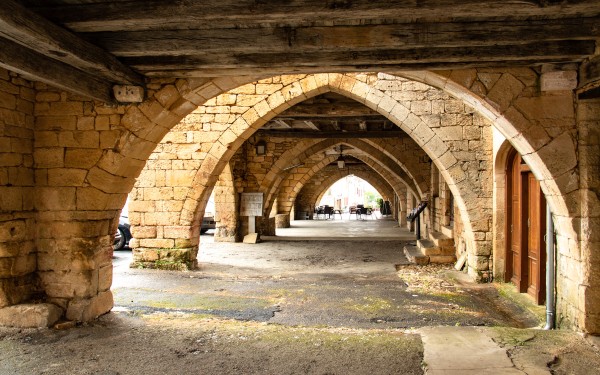
Villefranche du Périgord
Villefranche lies in the southernmost part of the Dordogne, the Périgord Noir south of Monpazier, between the two major rivers Dordogne and Lot. Villefranche is beautiful, it is one of the most beautiful parts of the Dordogne with large forest areas and beautiful villages. When in Villefranche, you should definitely visit the village square and walk through the street leading up to it. This is where the shops and boutiques selling local delicacies are located. The centuries-old market hall with great stone pillars are also worth a visit, every Saturday a market is held here. Also be sure to visit the famous market with Porcini mushrooms and chestnuts. The market hall has Gothic arcades under which traders can display their merchandise. Stroll through the alleys of Villefranche and observe the beautiful, centuries-old houses. These houses were built in the 16th century when Villefranche was a prosperous place. The Laverie lies on the outskirts of the village. During the middle ages this was the villages’ washing place for clothes.
Villefranche, the oldest bastide
Villefranche is the oldest bastide village in the Périgord. It was founded in 1261 by Alphonse de Poitiers and has survived history nearly unscathed. One of the characteristics of a bastide village is straight streets which are perpendicular to each other, creating blocks of squares or rectangles. This can be seen in Villefranche. The arcades, the market hall and the remains of the defense systems are also characteristic of a bastide village. More bastide villages can be found in the area such as Monpazier.
Eglise Notre-Dame
The large church of Villefranche is on the square. The original church was built in 1261. It was destroyed during the Hundred Years' War. Finally in 1613 the church was rebuilt. Because the population was poor at that time, the church was not built properly. In the 19th century they decided to demolish and rebuild the church under the direction of d'Abadie who the architect of the Sacré Coeur of Montmartre in Paris was. The church has a square shaped interior. This is unusual but is the case because the owner of an adjacent house did not want to sell his home, giving the church its current form.

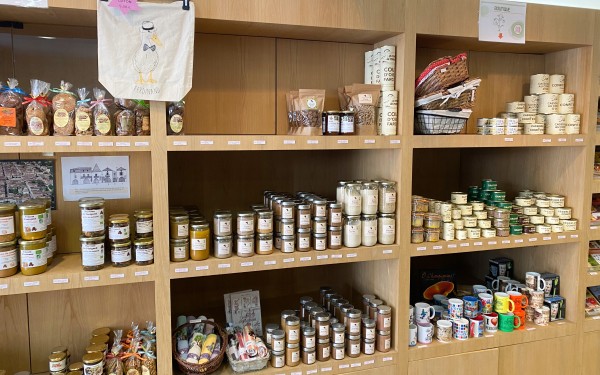
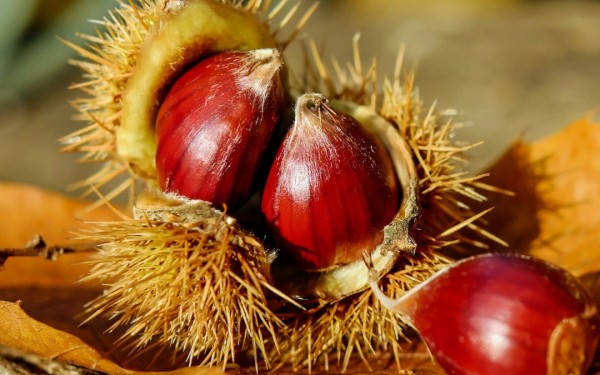
Chestnuts
The Périgord is also known as the "land of chestnuts". The chestnut tree originates from the area near the Mediterranean sea but the Romans spread these trees all over the country. Seen as the chestnut tree can grow on various different soil types there are many vast forests of chestnut trees. People ate the chestnuts and the wood of the trees was used as a building material. Villefranche is called the capital of the chestnut region. At the tourist office you will find the "Maison du Chantaigne", the chestnut museum. Admission is free. During the summer gastronomic walks are organized every Tuesday. During these walks you can eat chestnuts and other products made from chestnuts. Chestnuts are used to, for example, make liqueurs, chestnut cream, pâté and pasta.
Chataigne and Maroon
In the Dordogne , a distinction is made between Chataigne and Maroon chestnuts. Several different chestnuts belong to the Chataigne whilst the Maroon only has one type of chestnut. According to experts, the Chataigne chestnuts are the best chestnuts. The chestnuts in the Périgord belong to the Chataigne chestnuts and is a cross between two varieties: Bouche de Bétizac and the Marigoule. The Périgord supplies 30% of the chestnut production in France.
Harvesting and processing the chestnuts
Chestnuts are collected from the ground and not picked from the trees. This is why nets are often hung under the trees in which the chestnuts are collected. The chestnuts are then taken out of the bolster and the good chestnuts are delivered to the Cooperative who trades them. Chestnuts are processed in various products, one of the most important products is the "Marron glacé", a chestnut glazed in sugar.

